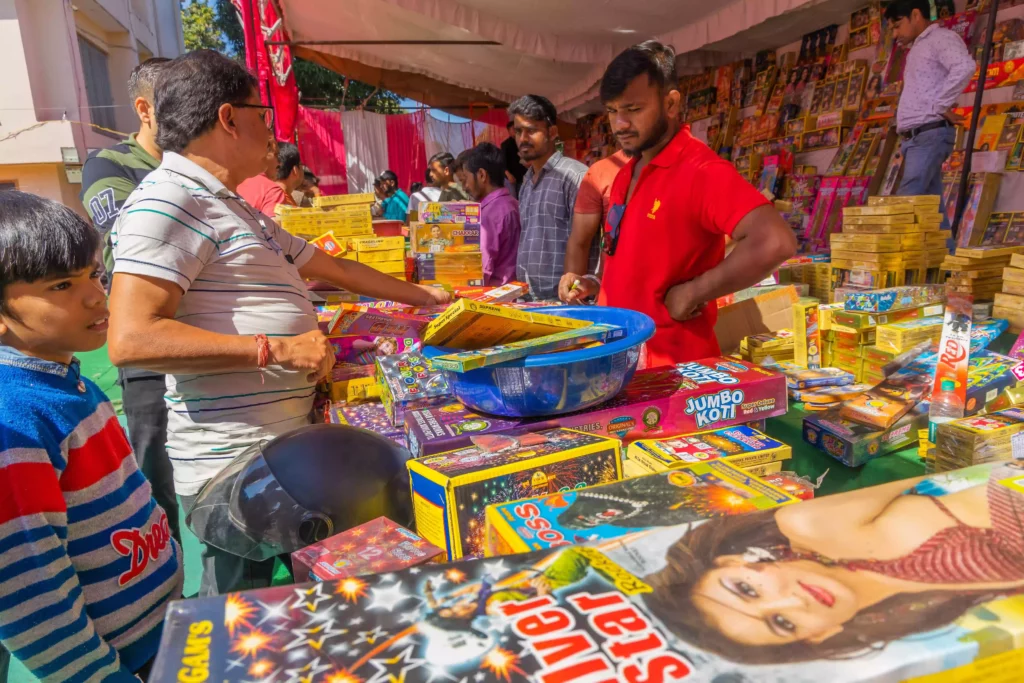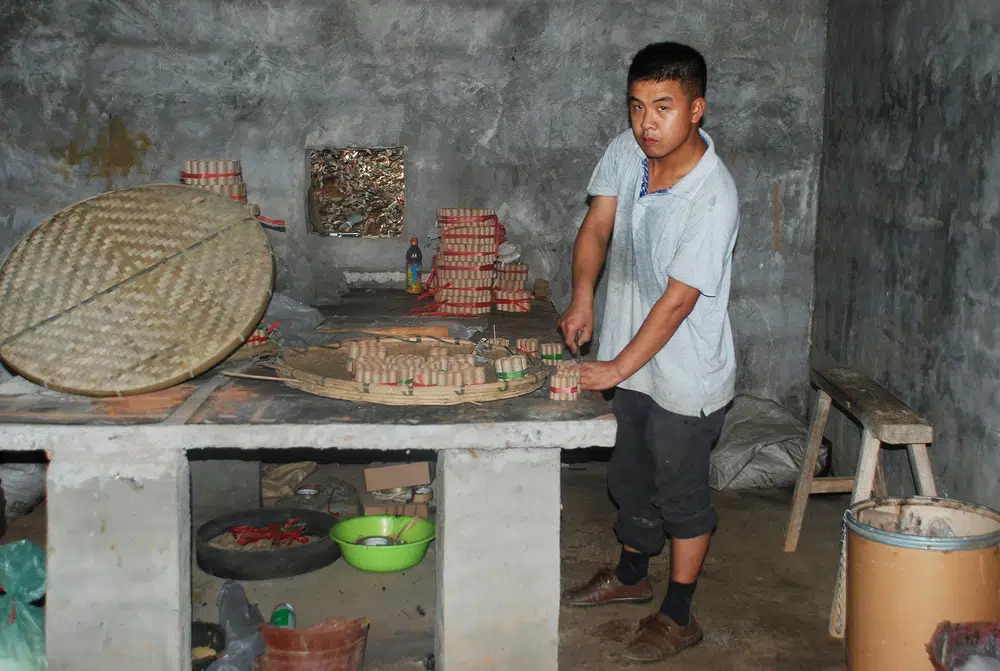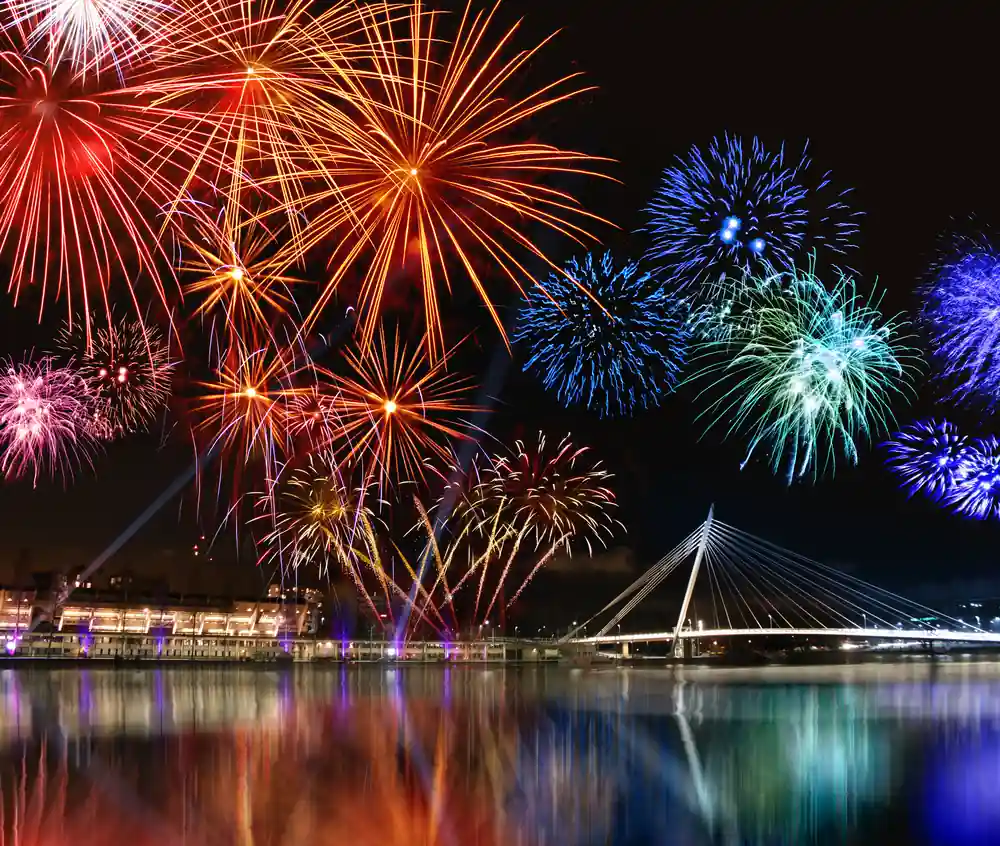Chinese Fireworks: A Closer Look
China is the home of fireworks and much of the world’s firework production still takes place in the country. It’s easy to think that the science of making fireworks would have changed a lot, but in reality, fireworks are still made in a very similar fashion to hundreds of years ago.
So how are fireworks made and what does it take to create a fantastic display of colour and sound?
Here’s all you need to know, along with some great pictures of our own visit to China a few years ago.
The Early Production
Although the exact date of the first fireworks is still debated, most experts suggest the invention took place either at the time of the Sui and Tang Dynasties (581-907 AD) or the Northern Song Dynasty (10th Century AD). By the time of the Southern Song Dynasty (12th Century AD), the development was on full swing.
The first fireworks were mainly used for fighting of evil spirits, but also for attracting happiness and prosperity to the village. They were made by roasting bamboo to create a loud sound and with the invention of gunpowder, the powder was added inside these shallow bamboo and paper tubes for a crackling sound.
The City of Fireworks
The city most closely associated with fireworks in China is the city of Liuyang, in the province of Hunan. It has the greatest concentration of firework producers than any other place in the world and the methods are still very traditional.

The city is full of little huts and buildings, all focused on a specific part of creating a firework. The reason why the little huts are scattered around is to ensure the specific products don’t get into contact with each other until at the end. Firework disasters can cause quite a lot of damage and therefore, safety is paramount for the workers.
The Process of Making a Firework
As mentioned above, fireworks are still made in a similar fashion to the early days. You’ll need the ingredients for creating the gunpowder and the colours, a shell for storing this mixture, an outer case for wrapping it up and a fuse for lighting up the firework.
All the separate parts are created in different huts and plants, with one part of the town or manufacturing plant focused on putting the pieces together.
It all starts with a simple cardboard tube, which is filled with a clay bung. The explosive material is added inside the tube – often in a small room with no electricity and a bucket of water to ensure any fires can be quickly put out.
At the same time, a different part of the production facility is focused on creating the shells and the fuses, which will only be added right at the end. Some professional fireworks are also covered with tin foil at the end to waterproof the firework.
The work is a mixture of using machines and doing this by hand. Everything must be extremely dry and thus the cardboard tubes and shells are often left to dry in sunlight. It doesn’t take a lot to ruin a firework, so the people behind them are true professionals!

The Wonderful Colours
Fireworks are all about chemistry and the beautiful colours you see appearing on the night sky are just a result of different chemical reactions. The most common compounds used to create specific colours include:
- Strontium and lithium salts or carbonates to make the colour red
- Sodium compounds to make yellow
- Barium compounds to make green
- Copper compounds to make blue
Furthermore, the shells used determine the way the fireworks explode on the sky and are behind the different patterns. Just by placing the shells in different order and in separate tubes, the manufacturers are able to ensure the explosions create a specific image on the night sky.
It’s fantastic to think that the fireworks you buy and use today have such a rich history behind them! It makes you appreciate the amazing explosions a bit more when you know the effort and care put in to create them.
Share to Social Media
Subscribe for the latest news and blog updates
You might also be interested in
Fireworks continue to be a beloved choice for entertainment, offering endless fun and versatility. With each passing year, new and...
Brightstar has once again raised the bar with their fireworks collection. Established in 1992, Bright Star Fireworks continues to uphold...
Get ready to be blown away by the latest offerings from our fantastic new fireworks providers! This year, Brothers Pyrotechnics...



